
Picture yourself standing right at the bottom of the world’s tallest mountain, with giant peaks and glaciers all around you. This is the amazing adventure that only the truly determined set out to conquer. The...
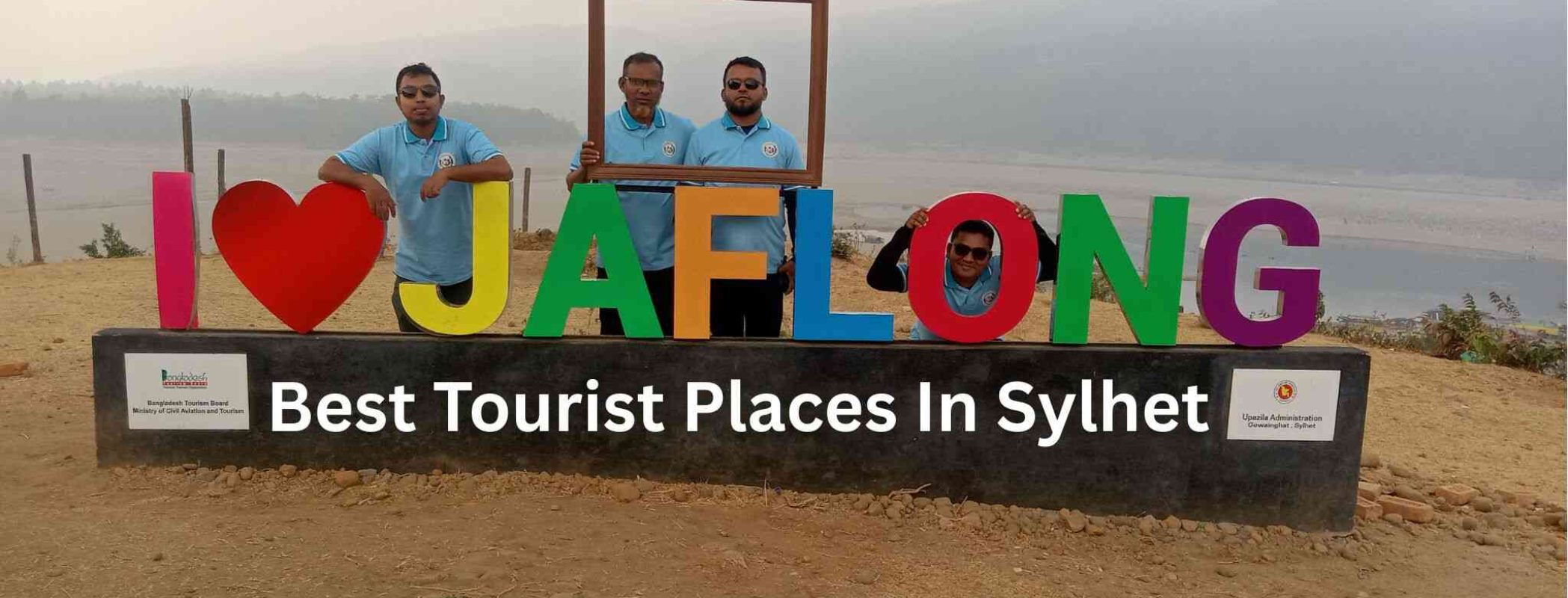
Sylhet is one of the most gorgeous cities in Bangladesh. Because of the vast tea gardens, people call Sylhet the Land of Two Leaves and a Bud. Sylhet is in the northeastern part of Bangladesh, bordering the Indian states of Assam and Meghalaya. This geographical positioning has made the area an outstanding tourist spot in Bangladesh.
Sylhet has picturesque tea estates, haors (wetlands), and dense forests. The region also has enchanting rivers. The Surma and Kushiara rivers (originating from the Barak River in India) flow through Sylhet. Sylhet was historically part of the ancient Bengal and Assam territories. It became a center of Sufi Islam with the arrival of Hazrat Shah Jalal, a respected Sufi saint from Yemen.
You can visit his shrine. Apart from these, Sylhet has numerous natural wonders. Jaflong is renowned for its impressive stone collection and breathtaking views of the Khasi Hills. Ratargul Swamp Forest is another breathtaking attraction. Lawachara National Park is home to a diverse array of rare wildlife species. The waterfalls of Madhabkunda and Pangthumai further add to Sylhet’s appeal. Further ado, let us learn more about the best tourist places in Sylhet that you must visit.
Bangladesh is a very small country on the Asia continent. So if you come in here to enjoy the natural beauty, boating (the best place for boating is Barisal, but Chittagong and Cox’s Bazar are also good places for boating).
Sylhet City is the capital of Sylhet Division. It is renowned for its spiritual significance, natural beauty, and cultural heritage. Sylhet is the gateway to the Chittagong Hill Tracts. It is also the second-largest city in Bangladesh after Dhaka.
Sylhet City is the heart of Sylhet Division. The city is connected to Dhaka by air, road, and rail.
Sylhet City has a tropical monsoon climate. Summers (March–June) are hot (25–35°C), winters (November–February) are cool (10–20°C), and monsoons (June–October) bring heavy rainfall.
The best time to visit Sylhet City is from November–to February for pleasant weather.
Yes, but avoid crowded areas during festivals.
Try shorshe Ilish (mustard Hilsa) and Pitha (rice cakes).
Yes. English-speaking guides are available near tourist hotspots like the Dargah.
Ratargul Swamp Forest is one of the most unique travel destinations in Bangladesh. It is in Gowainghat, Sylhet. With its freshwater swamp ecosystem, the swamp forest stands out for its mystical beauty. It is one of the few wetland forests in the world that can be reached by boat. It attracts those seeking an off-the-beaten-path experience in nature.
Ratargul Swamp Forest is in Gowainghat Upazila, approximately 27 km from Sylhet city.
Ratargul experiences a tropical climate. Summers (March–June) are hot, with temperatures around 30–35°C. Monsoons (June–October) are wet and rainy, making the forest swampy and vibrant. Winters (November–February) are chilly, with temperatures ranging from 15–20°C.
The best time to visit Ratargul is between November and February when the water levels are lower and the weather is more pleasant.
Yes, local boatmen offer boat rides through the forest.
You may spot various bird species, amphibians, and reptiles, but the forest is best known for its unique ecosystem.
It is not recommended during the monsoon, as the forest gets too flooded.
Jaflong is in the Moulvibazar District of Sylhet Division. It is a stunning hill station in northeastern Bangladesh. It is popular among tourists for its breathtaking landscapes, rolling hills, and lush greenery. It offers a blend of natural beauty, cultural richness, and a peaceful atmosphere in Bangladesh.
Jaflong is located about 60 km from Sylhet, near the Indian border. It is famous for its rolling hills and tea gardens.
Jaflong has a subtropical climate. Summers (March–June) are warm, with temperatures ranging from 25–35°C. Monsoons (June–October)have heavy rainfall, turning the area leafy green. Winters (November–February) are cold and comfortable, with temperatures ranging from 10–20°C.
The best time to visit Jaflong is from October to March when the weather is nice and pleasant.
Yes, Jaflong is safe for tourists, but you should visit with a local guide.
Yes, you can visit the Indian border area. But you must follow security protocols.
Yes, there are basic guesthouses and resorts in Jaflong for accommodation.

Picture yourself standing right at the bottom of the world’s tallest mountain, with giant peaks and glaciers all around you. This is the amazing adventure that only the truly determined set out to conquer. The...
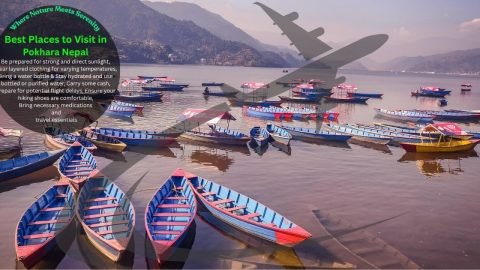
Pokhara is an enchanting city in Asia, and, of course, a remarkable destination within the country due to its glory, situated at its foothills. From there, visitors can access some gorgeous lakes and towering mountain...
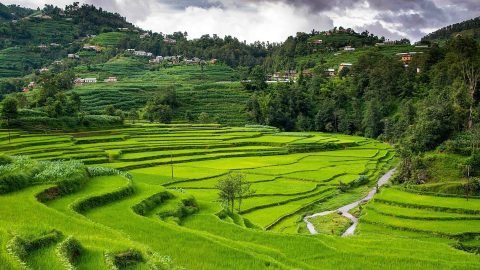
Awesome mountains, old temples, and different cultures! Nepal promises nothing less than an epic adventure that one can take. From the mighty Himalayas to the town squares, every corner comes along with beauty and tradition....
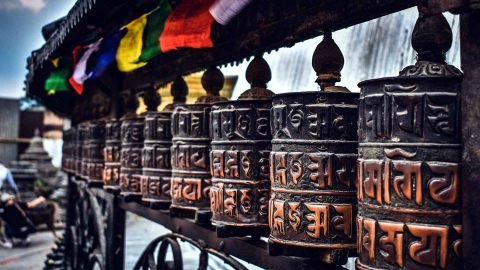
People visit Nepal not only for the Everest view. Many travel there to experience (Top tourist places in Kathmandu) the true essence of Nepal. To do this, one must come to Kathmandu in the tourist...
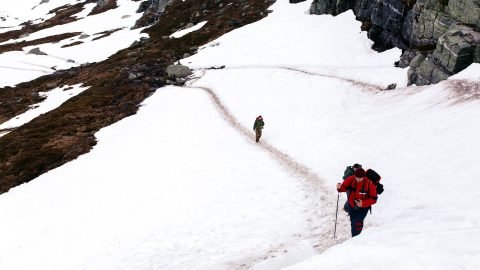
Nepal is a trekking heaven. Every tourist season (except monsoon) is packed with trekkers from far and wide. From amateur to professional, there is a trekking spot for everyone. If you are new to trekking,...
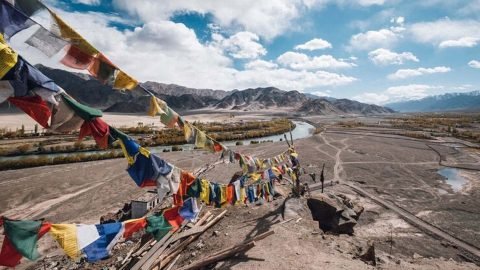
Nepal is an incredibly beautiful country. Nepal is well known for its culture, delicious food, exotic environment, and Mount Everest. Many tourists from far and wide flock here to make Nepal their adventure travel destination....
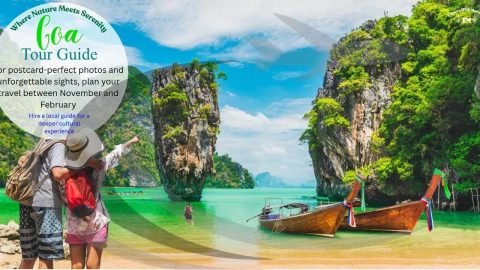
Welcome to your definitive Goa Tour Guide! Picture a tiny emerald state on India’s west coast, a place where sun-drenched beaches stretch for miles, ancient cathedrals whisper tales of a colonial past, and the air...
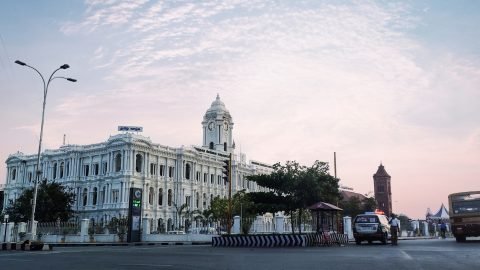
India is blessed with beautiful landscapes, along with many rich cultural expressions and history. Among countless places, it has brought forth its famous tourist spot, which made it one of the Best Cities To Visit...
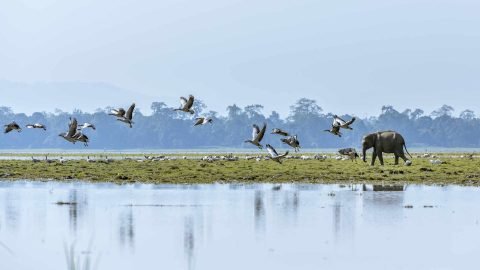
Assam is a land of paradise because of its mesmerizing beauty. There are several tourist places in Assam that attract lacs of people every year. Its natural beauty, rich heritage, and vibrant culture are the...
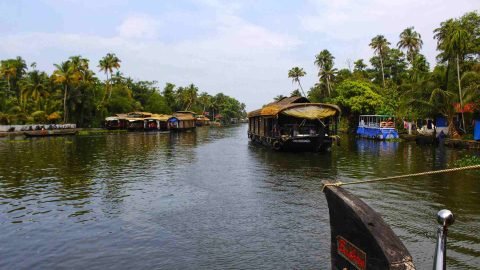
Alleppey, also known as Alappuzha, is a picturesque town in Kerala, India, renowned for its serene backwaters, houseboats, and lush greenery. It is called “the Venice of the East”, boasting fabulous beaches, a rich culture,...
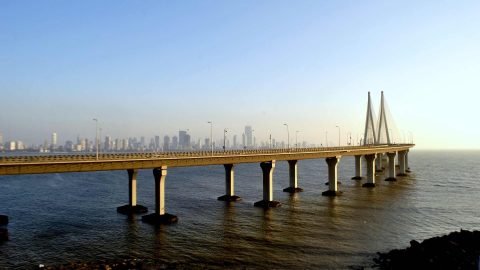
The heart of India, Mumbai, is a popular tourist destination, attracting millions of visitors each year. This place is a treasure trove for Bollywood films, vibrant nightlife, historical monuments, and handcrafted textile markets etc. Here...
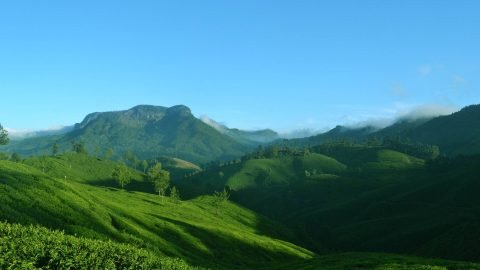
The state known as Kerala is often referred to in terms of ‘God’s Own Country.’ It forms a lovely little place in the south of India. Its backwaters, greens, and types of culture have quietened...
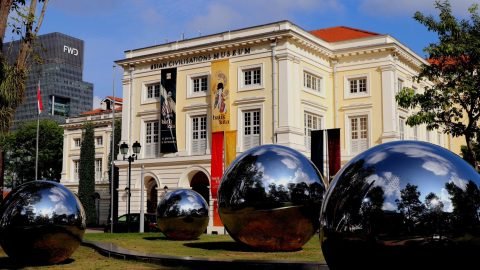
The hallowed riverside site, Clarke Quay, boasts an enviable position next to the Singapore River. As such, Clarke Quay is a hot destination in Singapore for nightlife, colourful architecture, a long line of food establishments,...
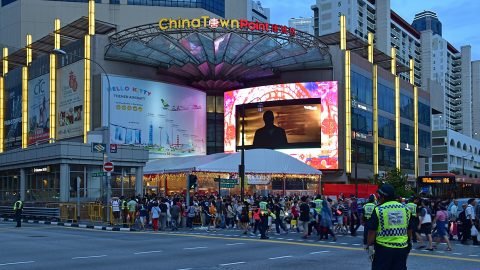
Chinatown, very vibrant and alive, historically, culturally, and gastronomically, is a district in Singapore. Some interesting places to visit include: The Temple of the Buddha’s Tooth Relic, a spellbinding Buddhist temple housing a very sacred...
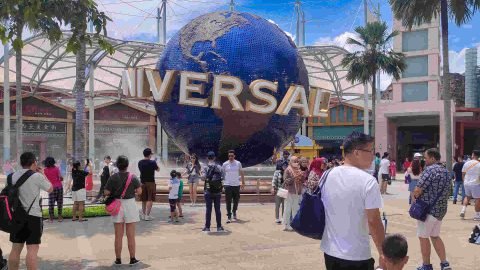
Sentosa is an island resort in Singapore, famous for its beaches, luxury resorts, and world-class attractions. It sits offshore from the southern coast of Singapore, offering some thrills such as Universal Studios Singapore, S.E.A. Aquarium,...
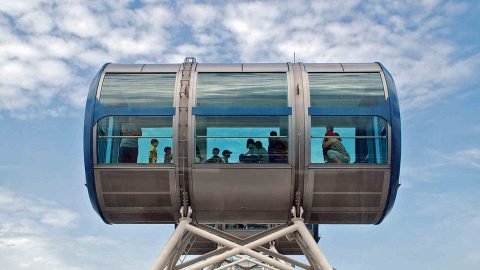
Singapore’s Marina Bay serves as a bustling waterfront destination that features recognizable skyline vistas and superior tourist destinations. Visitors to Marina Bay Sands can find luxury hotel rooms and gaming entertainment combined with shopping outlets...
Srimangal Tea Gardens are in the Moulvibazar District of Sylhet Division. The region is known for its vast expanses of tea gardens. Srimangal’s green landscape, with tea plantations, provides one of the most scenic experiences in Bangladesh. It is a destination for nature lovers and tea enthusiasts.
Srimangal is located about 60 km from Sylhet. It is in the Moulvibazar District and is known as the Tea Capital of Bangladesh.
Srimangal enjoys a temperate climate. Summers (March–June) are warm, with temperatures around 25–35°C. However, monsoons (June–October)are rainy. Winters (November–February)are chilly, with temperatures ranging from 10–20°C.
The best time to visit Srimangal is from October to March for cooler weather and to see the tea gardens at their peak.
Yes, tea plantation tours are available and are very popular.
Yes, many tea estates offer tea-tasting sessions for visitors.
You may see elephants, monkeys, birds, and butterflies.
Lawachara National Park is the most significant protected area in Bangladesh. It is in the Moulvibazar District in the Sylhet Division. The park covers an area of around 1,250 hectares and is part of the Tropical and Subtropical Moist Broadleaf Forests biome.
Sylhet Lawachara National Park’s location is in Moulvibazar District, approximately 60 km from Sylhet city. The national park covers over 1,250 hectares of forest.
The climate in Lawachara is typically tropical. Summers (March–June) are warm, with temperatures ranging from 25–35°C. Monsoons (June–October) are rainy and humid. However, winters (November–February) are chilly and dry, with temperatures between 15–20°C, making it ideal for hiking.
The best time to visit is from November to February when the weather is cool.
Yes, it is safe.
The park is home to species like Hoolock Gibbons, elephants, monkeys, and birds.
Yes, there are guesthouses and eco-friendly resorts in the area for visitors.
The Madhabkunda Waterfall is in the Moulvibazar District of Sylhet Division. It is one of the most famous and tallest waterfalls in Bangladesh. The waterfall stands at a height of approximately 200 feet (61 meters) from the sea level.
Madhabkunda Waterfall is in the Moulvibazar District. It is about 70 km from Sylhet city, in the Kulaura Upazila.
Madhabkunda Waterfall’s weather is generally pleasant. However, summers (March–June) are hot, with temperatures rising to 30–35°C. Monsoons (June–October) have heavy rainfall, making the waterfall gorgeous. Winters (November–February) are cold, with temperatures ranging from 15–20°C.
The best time to visit Madhabkunda is from October to March. Then the weather is cooler, and the waterfall is more accessible.
Swimming is not advisable as the water can be deep and fast-flowing.
Guesthouses are available near the area.
It may be harder to access during the peak rainy season due to heavy water flow and slippery paths.
Ratnai Waterfall is a beautiful, less-explored waterfall in the Moulvibazar District of the Sylhet Division. The waterfall is snuggled deep within the Khasi Hills. This waterfall is known for its beauty, greenery, and calm surroundings. Unlike other waterfalls in the region, Ratnai remains relatively less crowded. This makes it an ideal spot for nature lovers.
Ratnai Waterfall is in Jaflong. It is about 60 km from Sylhet city, situated near the border with India.
The weather in Ratnai Waterfall is mild and refreshing. Summers (March–June) are hot, with temperatures around 25–35°C. Monsoons (June–October) have lots of rain, and winters (November–February) are cold, with temperatures between 10–20°C.
The best time to visit Ratnai Waterfall is from November to February when the weather is cool and pleasant, and the waterfall maintains a steady flow.
It is best to avoid visiting during the peak monsoon as the path can be slippery and dangerous.
It is not advisable to swim in the waterfall due to the strong currents.
Ratnai is about a 30-minute drive from Jaflong.
The Panthumai Waterfall is one of the most stunning in Bangladesh. This lesser-known waterfall is in the Jaintiapur Upazila of the Sylhet District. The waterfall is a perfect spot for nature lovers, adventure seekers, and photographers.
Panthumai Waterfall is in Jaflong Upazila, about 60 km from Sylhet city. It is near the border with India, amidst the picturesque Khasi hills.
The weather here is mostly pleasant. However, summer (March–June) temperatures are around 30–35°C, which can get quite hot. Monsoons (June–October) have heavy rainfall, and winter (November–February) temperatures range from 10–20°C, which is ideal for visiting.
The best time to visit Panthumai Waterfall is from October to March, when the weather is cool and dry, making it perfect for trekking.
You should visit during the dry season (October to March).
No. You should not swim in Panthumai Waterfall because of the strong currents and slippery rocks.
The waterfall is about a 30-minute drive from Jaflong.
Lalakhal means Red River and is in the Sylhet Division of northeastern Bangladesh. It is a mesmerizing channel in the Jaintiapur Upazila of the Sylhet District. Famous for its blue hue, Lalakhal is part of the Khasi Hills. It is known for its breathtaking beauty and serene environment.
Lalakhal is in Sylhet District, about 40 km from Sylhet city. It is a stunning blue river valley surrounded by hills, famous for its unique color and mineral-rich waters.
Lalakhal has a tropical climate. Summers (March–June) are hot, with temperatures ranging from 30–35°C. But, the monsoon (June–October) is rainy, which makes the valley more vibrant. Winters (November–February) have cooler temperatures around 10–20°C, ideal for travel.
The best time to visit Lalakhal is from November to March. The weather is cooler and perfect for outdoor activities.
Yes, Lalakhal is generally safe.
It is not advisable to swim in the river due to its mineral-rich water and strong currents.
The boat ride on the river and the hike around the area are the best activities to enjoy.
Tanguar Haor is a breathtaking wetland ecosystem in northeastern Bangladesh. It is located in the Sunamganj district. It spans about 100 square kilometers and consists of over 50 haors (small lakes and beels). It is one of the most significant freshwater wetlands in the country.
Tanguar Haor is a vast wetland. It is located in the Madhabkunda area, around 90 km from Sylhet city. It is the second-largest wetland in Bangladesh and a UNESCO Ramsar site.
The weather in Tanguar Haor is pleasant. Summers (March–June) are hot, with temperatures ranging from 30–35°C. However, monsoons (June–October) have heavy rainfall, making the Haor come alive. Tanguar Haor winters (November–February) are cold, with temperatures ranging from 10–20°C.
The best time to visit Tanguar Haor is from October to March. This time, you can spot migratory birds and enjoy the cool weather.
Yes, it is accessible, but the water levels may be high.
Yes, there are local guesthouses and eco-resorts where you can stay.
Many migratory birds, including ducks, waders, and eagles, can be seen in the area, especially in the winter.
Visit our more post

Picture yourself standing right at the bottom of the world’s tallest mountain, with giant peaks and glaciers all around you. This is the amazing adventure that only the truly determined set out to conquer. The Trek to Everest Base Camp (EBC) is more than just...
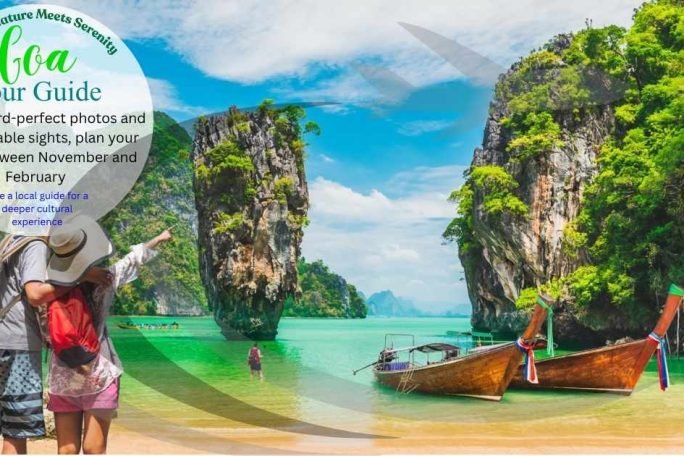
Welcome to your definitive Goa Tour Guide! Picture a tiny emerald state on India’s west coast, a place where sun-drenched beaches stretch for miles, ancient cathedrals whisper tales of a colonial past, and the air carries the sweet scent of spice gardens. Goa is a...
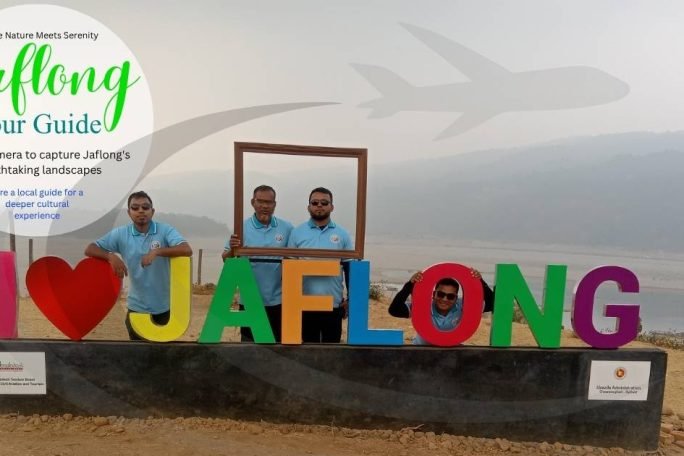
I still remember the first time I saw it, the magical moment when my eyes looked through the water of the river and counted the colorful stones resting at the bottom as if there were no water at all. Above, the majestic Khasi hills stood...

Beijing isn’t just a city; it’s a living chronicle of 3,000 years of history, where imperial palaces stand beside architectural marvels and ancient alleyways buzz with modern life. Are you ready to explore the heart of China? This is not just a list of places....
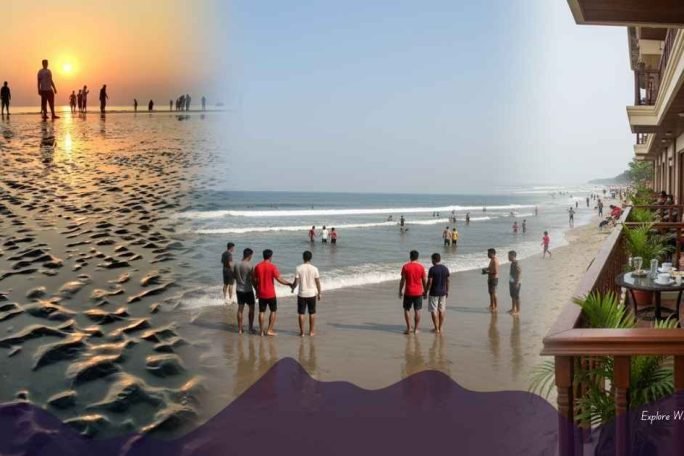
Have you ever stood in one spot on a sandy shore and watched the sun appear from the ocean, and then, at the end of the day, watched it sink back into the very same water? This magical experience is not a dream; it’s the...
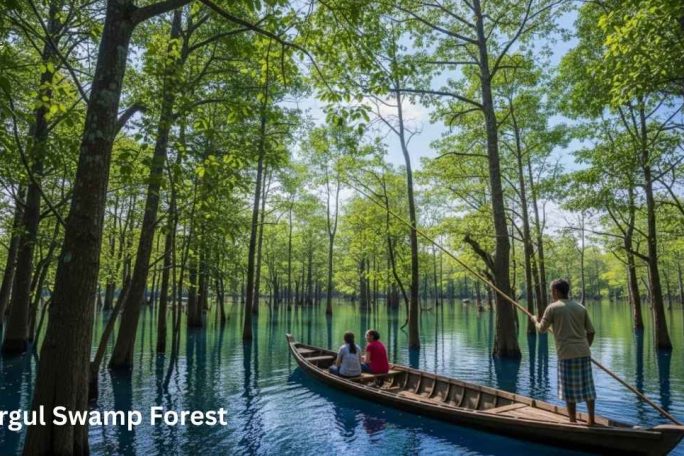
Nestled in the heart of Bangladesh, the Ratargul Swamp Forest offers an enchanting escape into nature’s untouched beauty, a place often overlooked by mainstream tourism. Imagine gliding on a small boat through a forest half-submerged in clear, cool water, with green trees forming a magical...
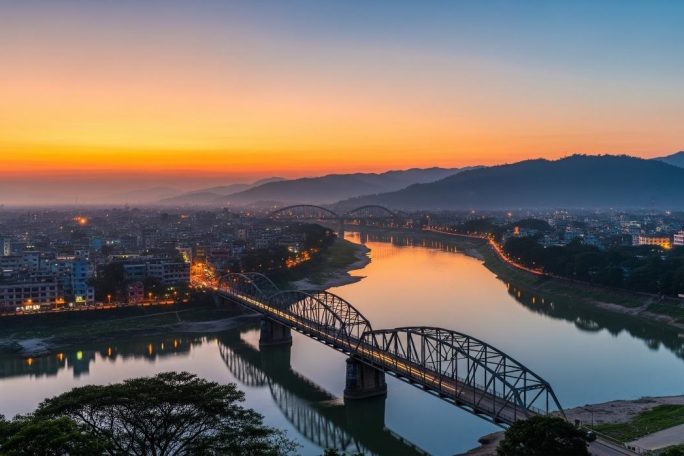
If you’re searching for the most wonderful Sylhet tourist spots, you’ve come to the right place. Let me share my story of this incredible city. Sylhet is a land where spiritual peace and wild nature come together beautifully. From the moment you arrive, you’ll find...

When I ride a bike on Marine Drive Cox’s Bazar, I feel like a beautiful story unfolding before my eyes, a place where green hills gently meet the endless blue of the Bay of Bengal. This is the Marine Drive Cox’s Bazar, an incredible 80-kilometer...
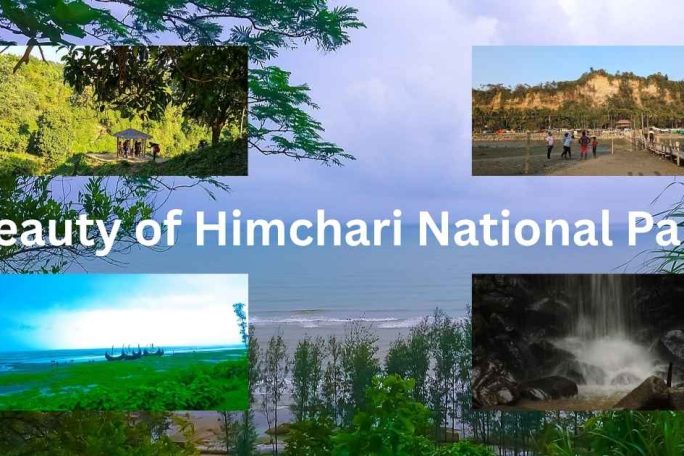
Just a short, scenic drive from the bustle of Cox’s Bazar lies a serene sanctuary where rolling green hills meet the vast blue sea: the magnificent Himchari National Park. This protected area is a true haven for nature lovers, drawing in people who seek adventure,...
Table of Contents
×